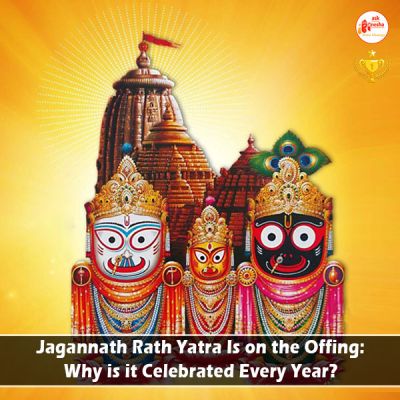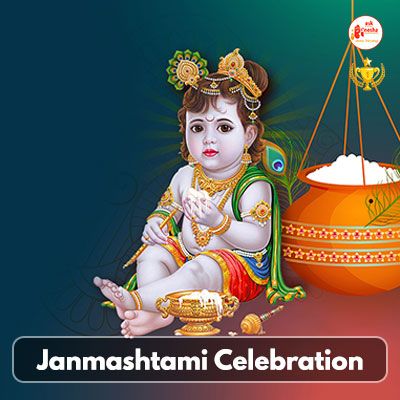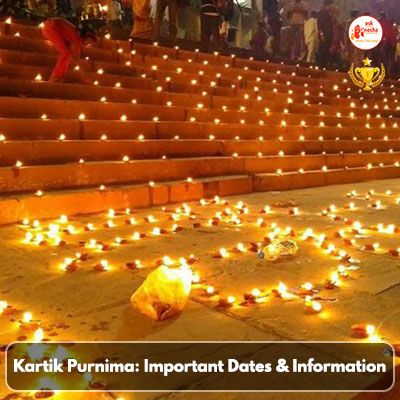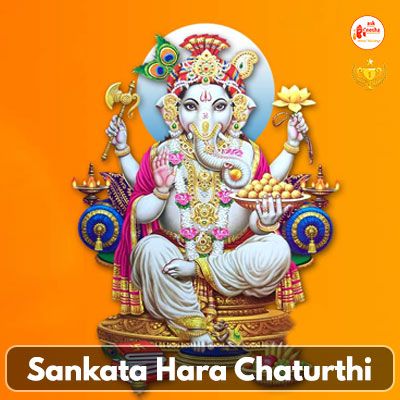Jagannath Ratha Yatra, is an annual religious celebration that takes place in Puri, in the state of Odisha, India. The festivity is dedicated to Lord Jagannath, a Hindu deity believed to be an incarnation of Lord Krishna. The festival is one of the most significant and widely celebrated events in the state of Odisha as well as various other states. Every year the chariot of Lord Jagannath starts in the Dwityia tithi of full moon phase. To take part in the festive occasion devotees from India and various foreign countries come to Puri. They want have a glimpse of the one of the greatest processions of the world. The Jagannath temple of Puri is one of the ancient and famous temples of India. Lord Jagananth so to say is called ‘The master of the Universe’. The deity is absolutely secular and it is not related to any specific religion or community.
The Ratyatra will be arranged on 20th June 2023. Beforehand there was the ritual of Purnima Snan on Sunday
The Jagannath Ratyatra usually takes place in the month of June or July, in the Hindu month of Ashadha. The main procession involves the deities Lord Jagannath, Lord Balabhadra (his brother), and Devi Subhadra (his sister). They are being carried in 3 huge chariots from the Jagannath Temple to the Gundicha Temple, located about 3 kilometers away from the mai temple.
The chariots used in the Ratyatra are massive and designed in an intricate fashion. The chariot of Lord Jagannath, named Nandighosa, is the largest and tallest among the three ones. It is 45 feet high and contains 18 wheels. The chariot of Lord Balabhadra, is called as Taladhwaja that has 16 wheels, and the chariot of Devi Subhadra, is known as Darpadalana and it has 14 wheels.
The procession is attended by thousands of devotees who throng in Puri to witness and participate in the great festival. People pull the chariots with ropes and move on chanting devotional songs and dancing oblivious of any issues. The atmosphere is filled with vibrant enthusiasm, utmost devotion, and religious fervor.
After reaching the Gundicha Temple, the deities sojourn there for a period of 9 days, during which various rituals and celebrations take place associated with the deities. This period is well known as the Gundicha Yatra. On the 10th day, known as Bahuda Yatra, the deities thereafter carry them back to the Jagannath Temple in a similar procession.
The Rath Yatra has immense religious significance for devotees as they believe that pulling the chariots and having a glimpse of the deities during the procession invokes blessings and spiritual fulfillment of the devotees. The festival symbolizes unity and equality too as people from all walks of life, irrespective of caste, creed, or gender, take part in the event.
The Jagannath Ratyatra has a rich history and is deeply rooted in the culture and age old tradition of Odisha. The chariot festival has gained international recognition and attracts tourists from around the globe who come to witness this grand religious occasion.
What is the History Behind?
The history of the Jagannath Ratyatra dates back to centuries and is associated with various legends and religious anecdotes. The festival finds its roots in the Jagannath Temple located in Puri. It is also known that Puri is one of the Char Dham pilgrimage sites for Hindus living in India and abroad.
As per the Hindu mythology, Lord Jagannath, Lord Balabhadra, and Subhadra Devi are the presiding deities of the Jagannath Temple. The temple has a unique tradition. Here the deities are represented by wooden idols. These idols are remade every 12 or 19 years. This process is known as the Nabakalebara.
The popular anecdote is that of King Indradyumna, the local king. According to the legend, the king dreamt that Lord Jagannath was instructing him to build a temple in Puri to keep his wooden forms. The king did not neglect the divine instructions, and as an after effect the Jagannath Temple was constructed.
The Rath Yatra has deep religious significance for devotees. It is known that anyone who has the opportunity to pull the chariots or even touch the ropes used for pulling the chariots wins immense blessings. The procession is noted as an act of devotion and a great way to attain spiritual liberation.
Over the centuries, the Jagannath Ratyatra has witnessed numerous changes and modifications. It has faced numerous disruptions and reconstructions due to invasions, political problems, and obvious natural calamities. However, the Ratyatra has managed to survive and continues to be celebrated with great fervor and enthusiasm since time immemorial.
Right now, the Ratyatra is not only a religious event but also a cultural extravaganza showcasing the rich heritage of Odisha. It has become a great symbol of communal harmony and attracts millions of devotees and foreign people who come to witness this gala occasion and seek the blessings of Lord Jagannath.
Who Introduced It?
Actually the Ratyatra was introduced and popularized by King Anantavarman Chodaganga Deva, who ruled over the vast region of Odisha in the 12th century. It was he who played a significant role in organizing the first recorded Ratyatra in Puri.
How Bubbling is The Occasion?
The Jagannath Ratyatra is an incredibly lively occasion. The festival is specifically characterized by a vibrant atmosphere filled with devotion, enthusiasm, and mirth. Here we are trying to highlight some aspects that make the occasion bubbling:
The Ratyatra attracts millions of devotees and visitors from all over India and round the globe. The streets of Puri are thronged with people whose only desire is to witness the grand procession and win the blessings of Lord Jagannath. The participants and spectators create a bustling and energetic ambiance so to say.
Devotees enthusiastically chant hymns, mantras, sing devotional songs dedicated to Lord Jagannath during the festival. The air reverberates with the sound of mantras and the beats of traditional musical instruments, cymbals, and conch shells. The melodic tunes add to the festive spirit and create a vibrating atmosphere.
The Ratyatra procession itself is a spectacle of luminous colors. The massive chariots of Lord Jagannath, Lord Balabhadra, and Devi Subhadra are beautifully decorated with bright flowers, and artwork. The devotees who take part in the procession wear traditional dresses in a multitude of colors, creating kaleidoscopic hues along the route.
Traditional dance forms like Odissi, Gotipua, and many other folk dances are performed by various artists and devotees during the occasion. These heart-throbbing dances, accompanied by beats of drums and cymbals, truly add a dynamic and energetic element to the occasion. The lively movements and graceful expressions of all the dancers contribute to the bubbling nature of the festive occasion.
How is the Holy occasion Celebrated?
Prior to the Ratyatra, the massive chariots for Lord Jagannath, Lord Balabhadra, and Subhadra Devi are constructed. Skilled artisans and carpenters meticulously take part in building these chariots using traditional techniques. The chariots are made of intricately carved wood, and decorated with fabrics, flowers, and artwork.
Snana Yatra
The occasion begins on the full moon day of the Hindu month of Jyeshtha, known as Snana Purnima. On this particular day, the deities are bathed in a grand ritual called Snana Yatra. The idols are taken to a specially designated bathing place within the temple complex, where they are offered showers with 108 pitchers of consecrated water. After the holy bath, the idols are kept on a high platform for public viewing. The main Ratyatra procession takes place on the very 2nd day of the bright fortnight of the Hindu month of Ashadh. In the early morning, the deities are taken out of the temple in a ceremonial procession to the chariots waiting outside the chamber. The idols are then placed inside their respective chariots, and the chariots are pulled by thousands of devotees using long ropes.
Chhera Pahanra
It is another act of humility and devotion. The Gajapati King of Puri, who is regarded the chief servitor of Lord Jagannath, sweeps the chariot floors with a golden broom and sprinkles holy water and flowers. This act signifies that everyone, irrespective of social status, is equal before the divine.
Gundicha Yatra
After reaching the Gundicha Temple, the deities stay there for a period of nine days, known as the Gundicha Yatra or the Garden Journey. The temple premises are filled with religious discussions, cultural programs, and devotional activities during this time.
Bahuda Yatra
On the 10th day, known as Bahuda Yatra, the deities are carried back to the main Jagannath Temple in a similar procession. The return journey is as grand as the very initial Ratyatra. Upon reaching the temple, the deities are ceremonially taken back inside amidst a jubilant atmosphere.
To Conclude
The celebration of Jagannath Ratyatra is not only a religious matter but also a cultural extravaganza. It showcases the rich heritage and traditions of Odisha. It is a high time of deep spiritual connection, communal harmony, and joyous celebrations for the devotees.
























 Translate
Translate